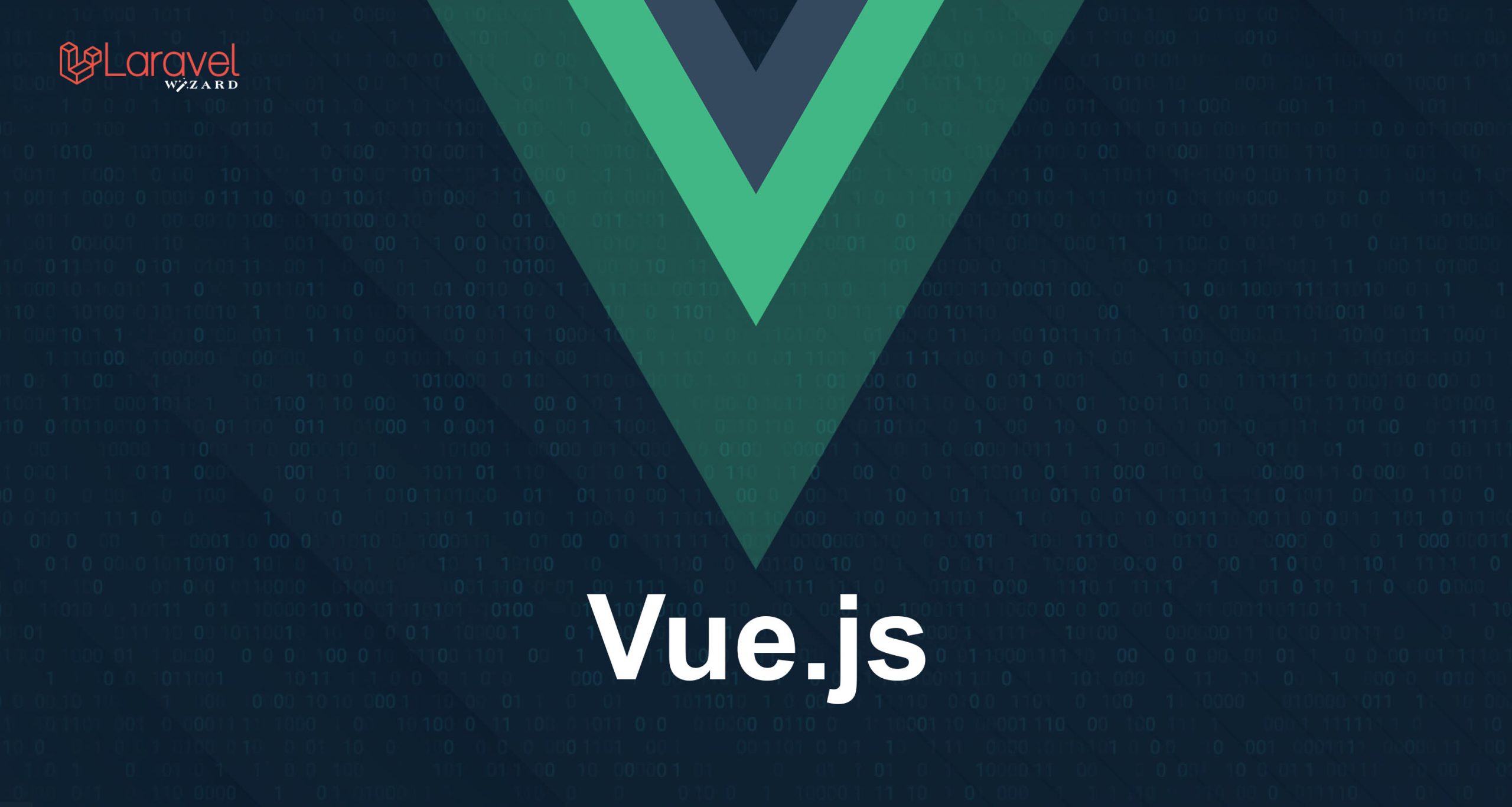
What Is Vue js and How Does it Work? A Complete Guide
If you are building web applications, you must have heard terms like frontend, backend, libraries, frameworks, and development tools. Basically, web application code has a frontend and a backend.
The frontend constitutes the visible part or the user interfaces which are accessible to the website visitors. Building a front-end from scratch can be time-consuming and require too much effort.
Developers often use a progressive JavaScript framework like Vue.js, which helps build high-quality applications quickly.
But what is Vue.js, and how can it help you make beautiful applications? Let’s find out.
What is Vue.js?
Vue.js is a progressive JavaScript framework for building web interfaces and one-page applications. It supports declarative and component-based programming, making it easy to create simple or complex user interfaces.
Some of the main features of Vue.js are:
- Works on top of HTML, CSS, and JavaScript
- HTML applications can function on Vue.js directives
- You can use in-built directives with Vue.js
Developers can combine Vue.js with Laravel in web development projects to make powerful solutions.
What are the features of Vue.js?
To understand how does Vue.js work? You need a clear understanding of Vue.js features. Some of the main features of Vue.js are Virtual DOM, Data Binding, components, event handling, and more.
Let’s explore these features in detail.
Virtual DOM
- It is a virtual representation of the actual DOM (document object model).
- JavaScript objects that are identical to the real DOM are created with virtual DOM.
- Initially, a new JavaScript object is formed in response to the DOM modifications. Finally, the changes are updated in the real DOM.
Data Binding
- Data binding follows a binding directive called v-bind.
- It helps to manipulate or assign values to HTML attributes, modify the style, and implement classes.
Components
- Vue Component are independent elements and have unique data logic and view
- It facilitates the creation of unique elements that are reusable through HTML
Event Handling
- DOM elements have a V-on property for listening to the elements.
Transition / Animation
- Vue.js offers various techniques for implementing transitions according to the changes done in the HTML elements.
- Elements need to be wrapped in the built-in transition component of Vue.js
- You can create interactive interfaces and easily add third-party animation libraries.
Computing Properties
- It helps to pay focus to the UI element modifications and with accurate valuations.
- It does not require much coding.
Templates
- It comes with HTML-based templates that help to connect the data from the Vue.js instance to the DOM.
- The templates can be directly converted into simulated DOM Render functions.
- Web developers can swap out the template for the render function.
Directives
- Some of the handy VueJS directives for handling frontend tasks are v-if, v-else, v-show, v-on, v-bind, and v-model.
Vue Router
- It helps to navigate between pages.
- The Vue interface helps to adjust elements displayed on the page.
Why Use Vue.js?
Vue.js is a popular framework for web development that offers many benefits, including:
Performance: The frontend framework offers high performance and works with virtual DOM. Many developers consider Vue.js to perform better than React due to its high frame rate.
Easy to understand: Vue.js has a simple structure that is easy for new developers to understand and master the technology framework. Anyone with basic coding knowledge using HTML, CSS, and JavaScript can learn Vue.js.
Simple integration: Developers can easily add high-end elements to existing applications or tailor single-page apps from the beginning. A Vue JS Development company can help you build high-quality applications or extend legacy systems.
Lightweight framework: Vue.js is a lightweight framework and takes up little resources. This makes it a good choice for developing applications that need to load quickly or have limited resources.
Comprehensive documentation: Vue.js offers detailed documentation that makes it easier for developers to write and execute their first application.
Declarative rendering: Vue.js follows a declarative programming model. This means developers can describe component and state rendering preferences.
Compatible with other frameworks: Vue.js easily integrates with other JavaScript frameworks like Angular or React.
Which apps are made with Vue.js?
Here are some apps that use Vue.js:
Behance: It uses Vue.js as its primary UI framework to create a minimalistic yet functional interface.
GitLab: It uses Vue.js because it allows the team to write simple JavaScript easily.
Grammarly: It uses Vue.js’s template engine syntax and data binding to create IDE features.
Nintendo: It uses Vue.js on its official website to allow visitors to browse games and manage their user accounts.
Conclusion
Vue.js is an ideal front-end framework for building web user interfaces. Vue components are helpful with both new and existing projects. As a leading Vue JS development company, we can help you build seamless frontends that are easy to navigate and drive user engagement.
